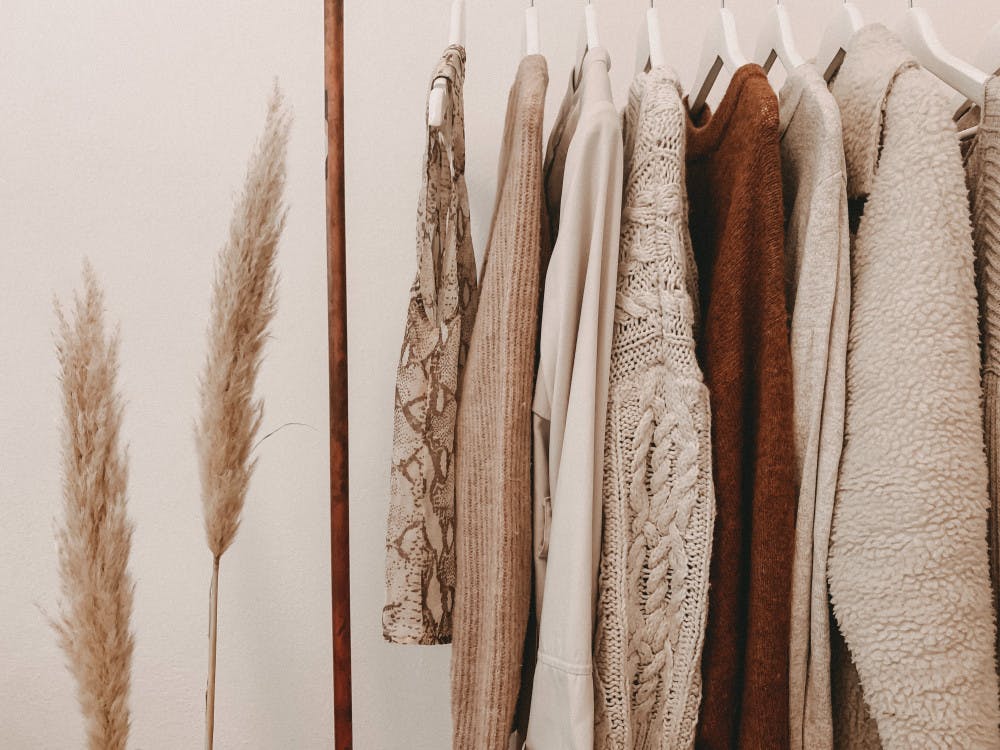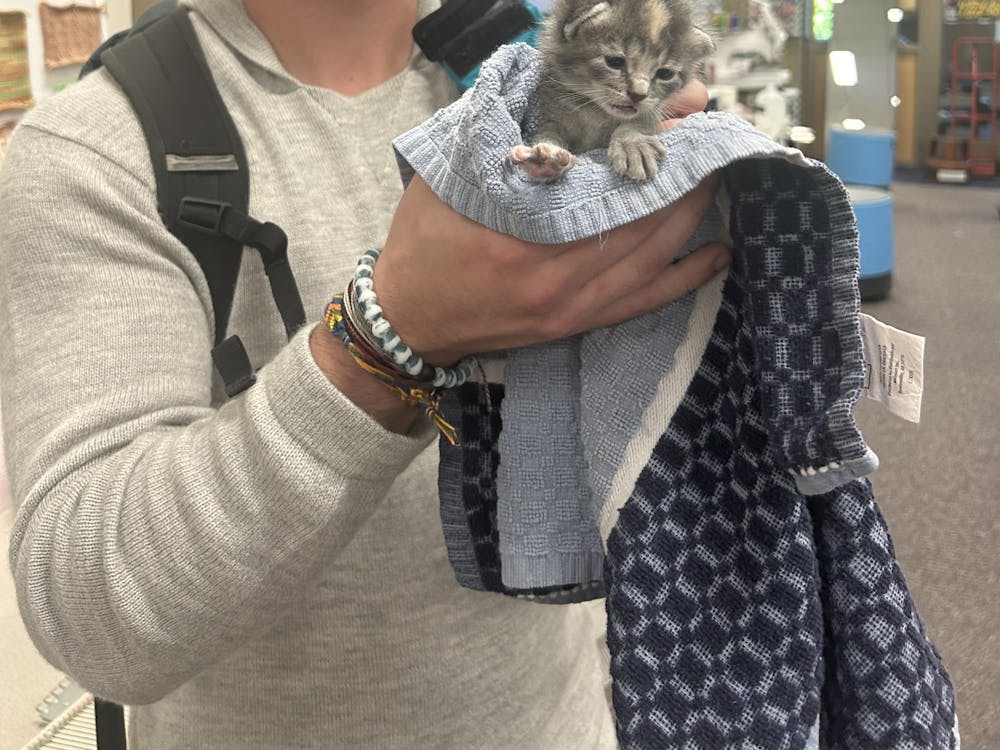By: Annalise Chapdelaine
The turn of the year typically means new resolutions, new goals, and new experiences. Instead of looking inward, though, it may be worth it to look outward and adopt a goal that positively affects the world around us.
One way we can do this is by limiting fast fashion consumption, or buying clothes that are mass-produced and sold at a low price. Here are a few of my tips and tricks to keeping your closet more eco-friendly and humane.
Thrifting
Thrifting has gained a lot of popularity in the past few years among teenagers and young adults. When you can get gently-used clothes for half the price, why bother to buy new?
In addition to saving money, it also creates less waste and supports a more sustainable environment. In 2018, 18 million pounds of clothing ended up in American landfills; the total number of landfilled textiles has increased by 660 percent since 1960. The items we throw away don’t just disappear, and only 13 percent of clothes are recycled.
While some thrifted items may be more expensive than their counterparts at fast fashion companies, they tend to be cheaper in the long run. Purchasing a few durable items that will last for years makes more sense than replacing your wardrobe every season.
Before you head into a thrift store, check to see if it’s for-profit or non-profit and if they donate to any charities. It may be worth it to avoid stores that donate to or support causes that make you uncomfortable.
Some popular thrift stores in the Cincinnati area include St. Vincent de Paul (Milford, Cincinnati, Groesbeck), Valley Thrift (Fairfield, Cincinnati), Goodwill (Oxford), and Casablanca Vintage (Cincinnati).
The downside: Thrifting is a riskier activity during the pandemic and often can be time-consuming.
Enjoy what you're reading?
Signup for our newsletter
Thrifting Apps and Websites
Websites like Depop brand themselves as a platform where users can easily resell clothes and where buyers can avoid fast fashion. It’s quick, easy, and you can contact the seller if you have any questions.
The downside: You can’t try on the clothes before you buy them and sellers may not take returns.
Instagram Thrifting
Instagram thrift stores are small businesses run by people who thrift items and then resell them at affordable prices. Instead of supporting fast fashion companies, you can support small businesses as well as the sustainable efforts and the individual passions that come with them.
The process is simple:
- The seller posts images of the clothing item on their account.
- Bidders comment prices until the highest bid remains for a certain time frame (usually 24 hours).
- The seller contacts the bidder to arrange shipping/pickup and payment.
Miami freshman Chloe Miller, the owner of thriftsbycoco, said that when lockdown first started, she turned to online thrifting as a new hobby. She has collected clothes from Depop and Poshmark that are second or even third-generation thrifted.
"I've gotten so many angry messages saying that they could just go buy something...from SHEIN for much cheaper," Miller told me. "Fast fashion really steers people away from my account sometimes.”
Student Eliza Bush, the owner of guudthrifts, said she started her account as a way to help others who didn’t feel like they could ethically support fast fashion.
“I’ve made a huge effort to be inclusive not only in what I buy, but also in how I take pictures and how I style,” she told me, emphasizing that she wants thrifting to be a feel-good experience.
The downside: You can’t try on the clothes before you buy them.
Sharing clothes with friends/roommates
Does your best friend have a jacket that would complement your outfit? Is your roommate buying a dress for one event that she’ll hardly ever wear? If so, consider reaching out to your friends and agreeing to start a “communal closet” or a group chat to coordinate clothing swaps!
Those sweaters that have hung in your closet for months will finally get used, and you’ll save moneywhile also helping the environment.
The downside: Sizes and available items may vary.
Pay attention to the clothes you don’t wear
The hanger test is an easy way to keep track of clothes you wear and clothes you don’t. Start by having all your hangers face one way, then turn them backwards as you wear each item. By the end of several weeks or months, it will be clear which clothes you gravitate towards and which items you probably don’t need to buy while you’re out shopping.
The downside: This might take a while.
Repurposing and layering
This may require you to step a little outside of your comfort zone, but it’s well worth it. Play around with the clothes you do have! Use Pinterest, fashion blogs, or friends to help create an idea of how you can use old jackets, scarves, shoes, or shirts. You can reuse and repurpose almost every clothing item, and you may be surprised with the outfits you come up with! The goal here is to utilize every item of clothing in your closet and find ways to restyle old clothes.
The downside: You’ll have to step outside of your comfort zone (but maybe that’s an upside!).
There are tons of ways we can commit to being more conscientious about our fashion choices and options that can work for every person. This year, incorporate a few of these tips to not only shake up your style but to help the environment while you’re at it!
Photo courtesy of Unsplash.




